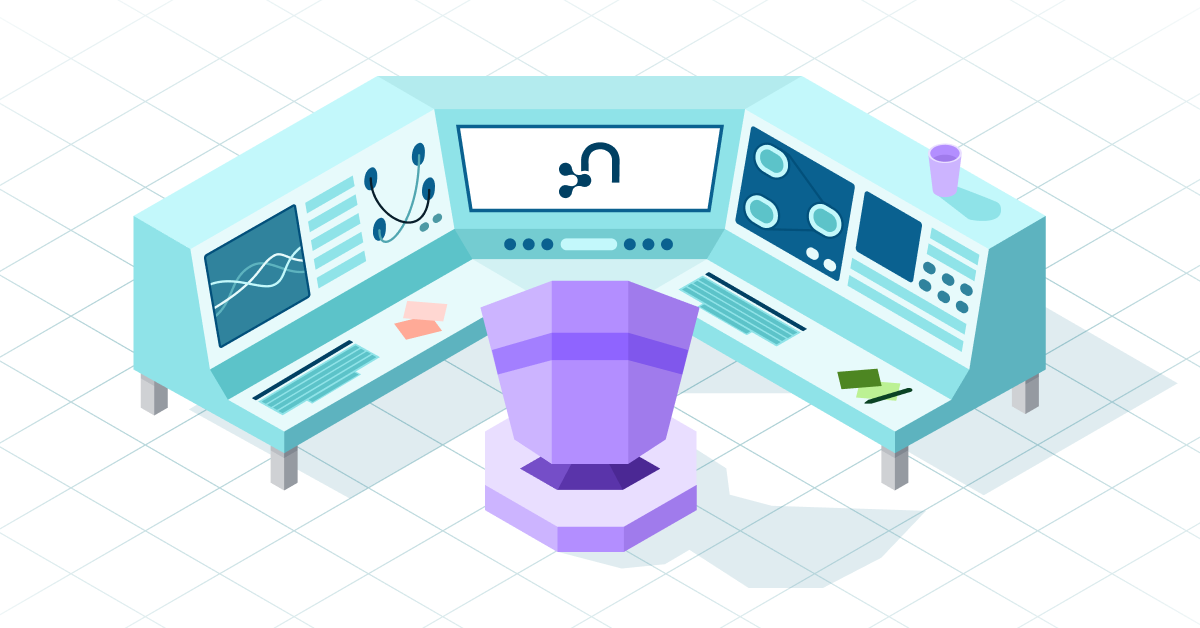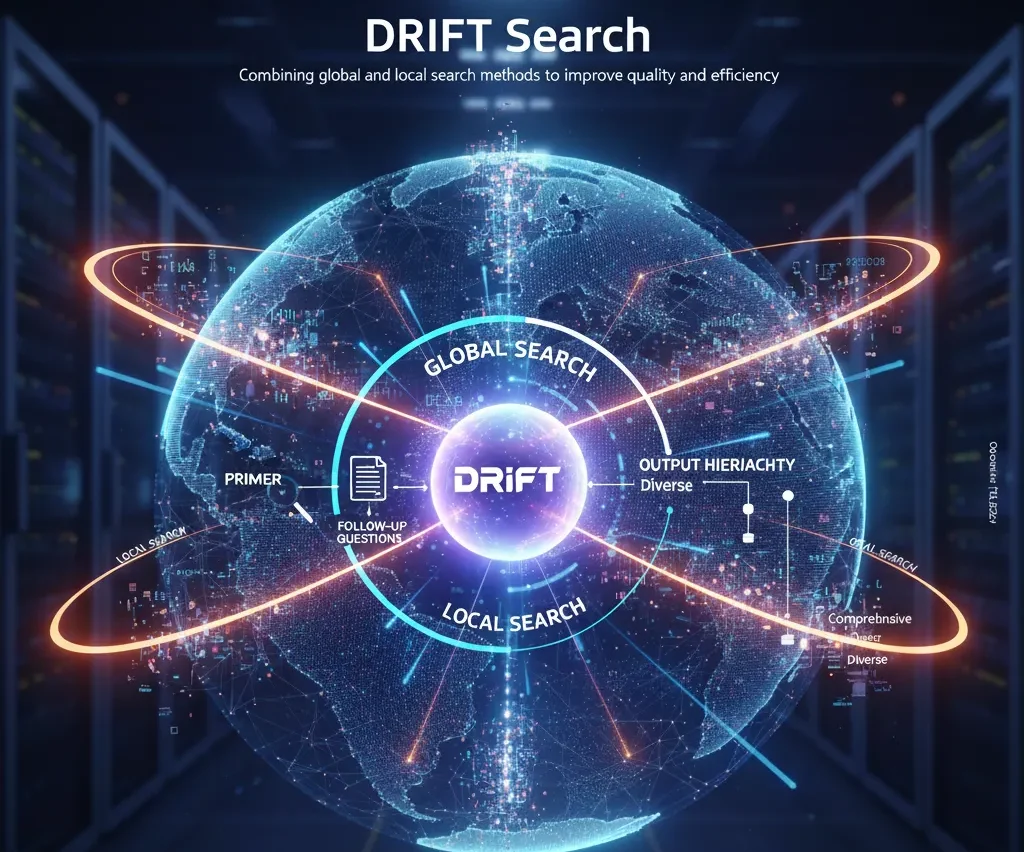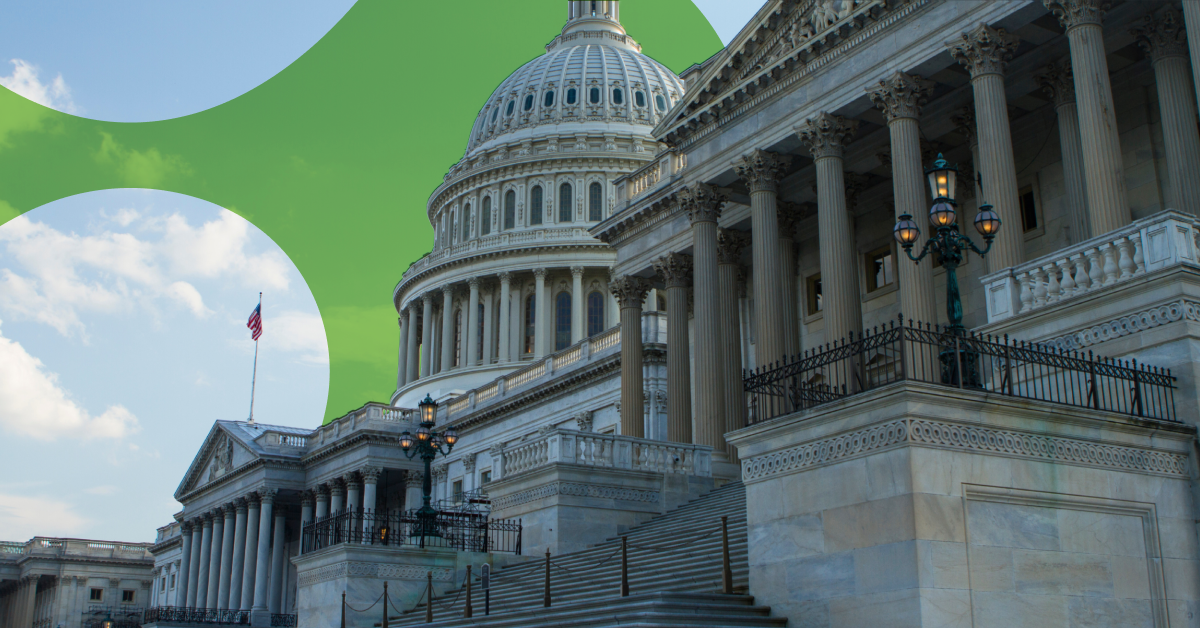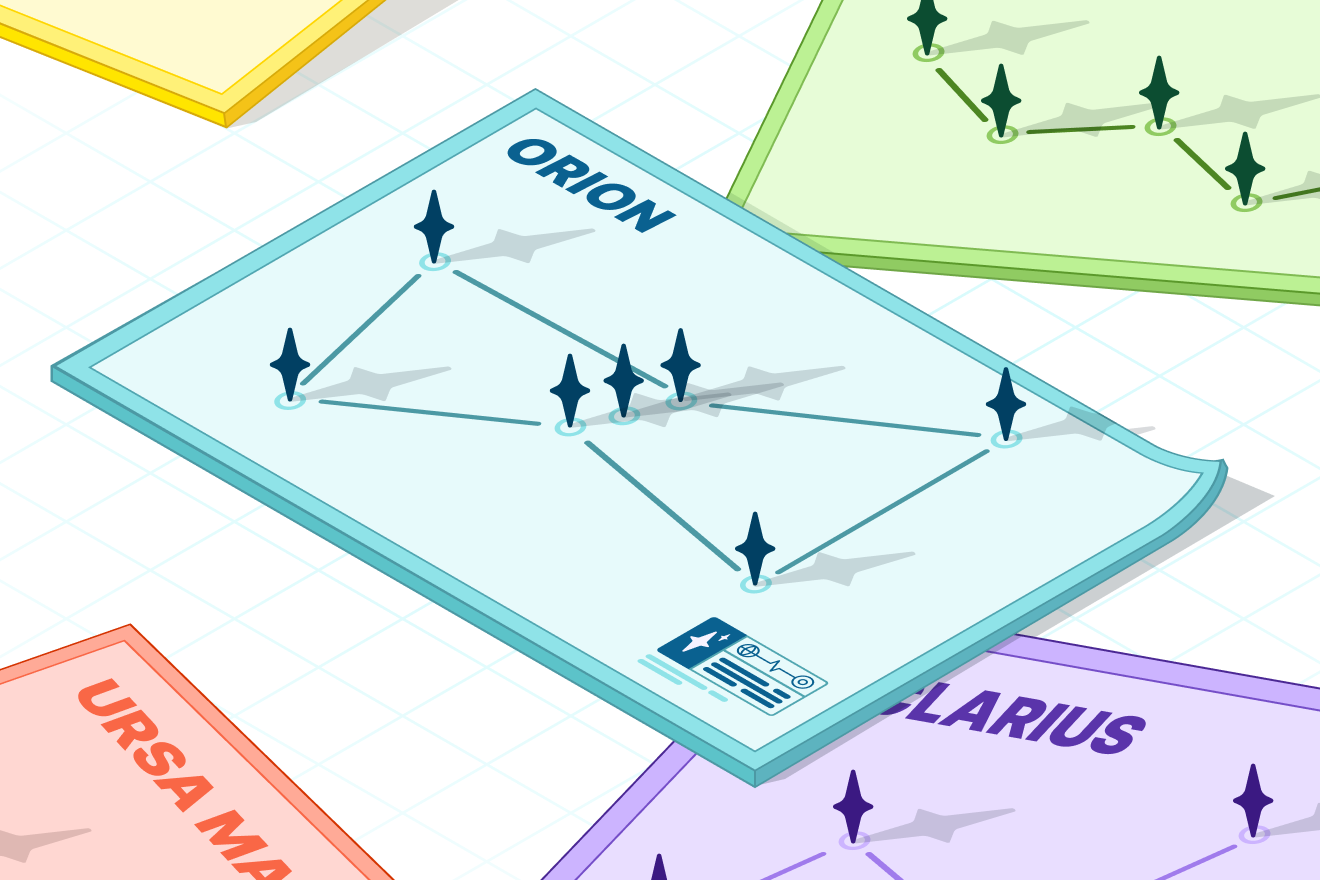Improve GenAI Challenges on AWS with Graph Technology

Director, Partner Marketing, Neo4j
3 min read

Generative AI (GenAI) use continues to proliferate across industries and use cases, and businesses are increasing spending to build out the infrastructure they need to innovate and remain competitive.
Today, GenAI represents only one part of overall AI investment, but its share within the AI market is growing. According to IDC, “the rapid growth in GenAI investments will enable the category to outpace the overall AI market with a five-year CAGR of 59.2%.” By the end of the 2024-2028 forecast period, “IDC expects GenAI spending to reach $202 billion, representing 32% of overall AI spending.”
The potential is great — from intelligent chatbots and code generation to conversational analytics and personalized customer experiences — but it takes more than simply deploying GenAI on Amazon Web Services (AWS), even with Amazon’s comprehensive infrastructure support, to see the outcomes you want. One key reason companies run into roadblocks is that they didn’t spend enough time considering their underlying database technology.
Why Your Choice of Database Matters
While AWS offers powerful tools for building and scaling GenAI applications, businesses may continue to encounter critical challenges across enterprise deployments, including hallucinations (inclusion of factually incorrect information), lack of traceability (inability to link back to source material), and intellectual property (IP) concerns. Each of these can damage brand reputation and lead to financial consequences, underscoring the importance of adopting strategies and technology that enhance accuracy, explainability, and protect your IP.
These challenges are all ones that graph databases can help address, especially within particular industries and use cases. That’s because graph databases are designed to handle complex, multi-level data hierarchies and offer superior performance when traversing multiple connections in a single query. Most importantly, they provide “the data behind the data” — the contextual relationships that enable deeper understanding and more accurate AI interpretations.
By contrast, traditional relational databases and vector databases, which are often used to deploy GenAI applications, have fundamental limitations when it comes to accommodating the rich connections between data points and making domain-specific relationships accessible to AI models.

Enter GraphRAG: A Game-Changing Approach
Graph Retrieval Augmented Generation (GraphRAG) represents one of the most promising techniques for improving GenAI outcomes. By combining the power of Large Language Models (LLMs) with graph databases, GraphRAG allows AI systems to access real-time data from internal knowledge bases while maintaining the relationships and context that traditional RAG approaches miss.
This approach transforms AI applications across industries that include (but aren’t limited to):
- Financial Services: GraphRAG enables more effective fraud detection by uncovering hidden relationships in transaction data, while also powering hyper-personalized customer experiences that drive satisfaction and loyalty.
- Manufacturing: Complex supply chain relationships become analyzable at scale, allowing companies to predict disruptions, optimize production processes, and accelerate product development cycles while reducing costs.
Unlike vector-only RAG systems, GraphRAG with knowledge graphs provides visibility into what information was used and how and why it was selected, key to addressing the traceability challenge that plagues many GenAI deployments.
Moving Forward: Stronger GenAI, Better Outcomes
As GenAI continues to evolve and mature, the organizations in the best position to succeed will be those that address the capabilities of their AI systems and their reliability, transparency, and explainability. Graph technology and GraphRAG represent essential tools for achieving these goals.

AWS and Neo4j have partnered to address common GenAI challenges, with Neo4j AuraDB Pro integrating seamlessly with Amazon Bedrock. This combination provides one of the most straightforward paths to building and scaling GenAI applications using foundation models while maintaining accuracy and explainability. Our partnership also extends across the full AWS ecosystem, including integrations with Amazon SageMaker, Amazon EMR, Amazon Redshift, AWS Glue, and Amazon MSK, allowing enterprises to seamlessly incorporate GraphRAG into their existing AWS environments and realize the full potential of their GenAI initiatives on AWS.
Learn more about how graph technology improves GenAI success
Explore our ebook to see how Neo4j and AWS work together.








